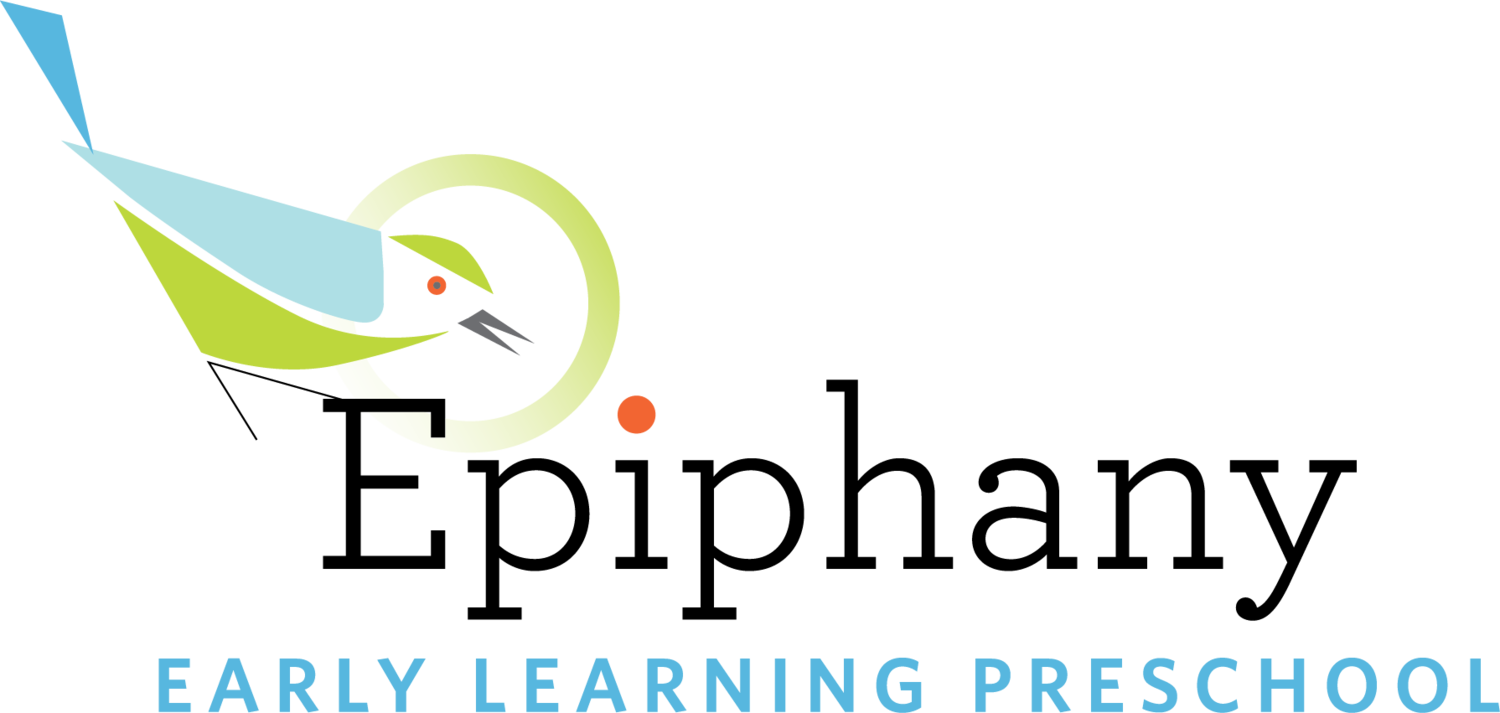Emergent Curriculum
Teachers see children as active participants in their own learning. Follow the example below for a look at this approach.
Following the example of the master educators from Reggio Emilia, Epiphany Early Learning uses an emergent curriculum model. Also referred to as “child centered” curriculum, emergent curriculum describes a process where the teachers observe children at play, meet together to share their notes and come up with possible “next steps”, and then implement their ideas in the classroom.
One helpful description of this approach is to imagine that a child has a metaphorical ball of clay that he or she marks in some way, before tossing it to the teacher. The teacher then hypothesizes about the meaning of the child’s marks, and then makes her own mark on the ball, before tossing it back. If the teacher’s understanding of the child’s ideas were correct, the child will respond by accepting the ball, making new changes to it, and tossing it back again. In this way, knowledge and ideas are grown, challenged, changed, and expanded as the “ball” continues to be passed back and forth.
In the classroom, this might manifest itself in a teacher responding to a group of children’s interest in music by bringing in different instruments, exploring dance, or creating their own musical language. Embedded in this work, which follows the passion of the children involved, would be opportunities to explore physical movement, literacy, mathematical concepts, and social problem solving, as well as opportunities to expose the children to the music and dance of non-dominant cultures.
Because this work is so specific to the children involved, extended investigations seldom include all the children in a class, but instead are tailored to meet the needs of small groups of children and are usually facilitated by one teacher from the classroom team.
